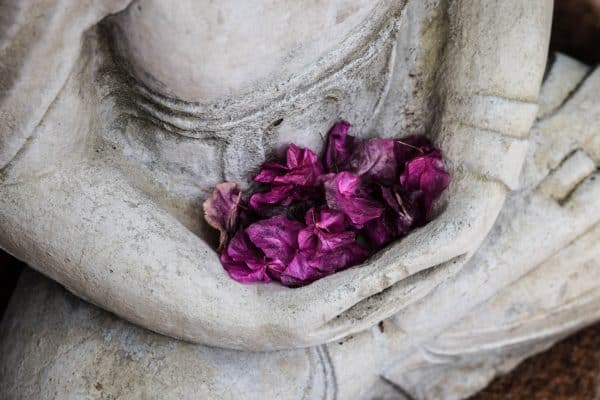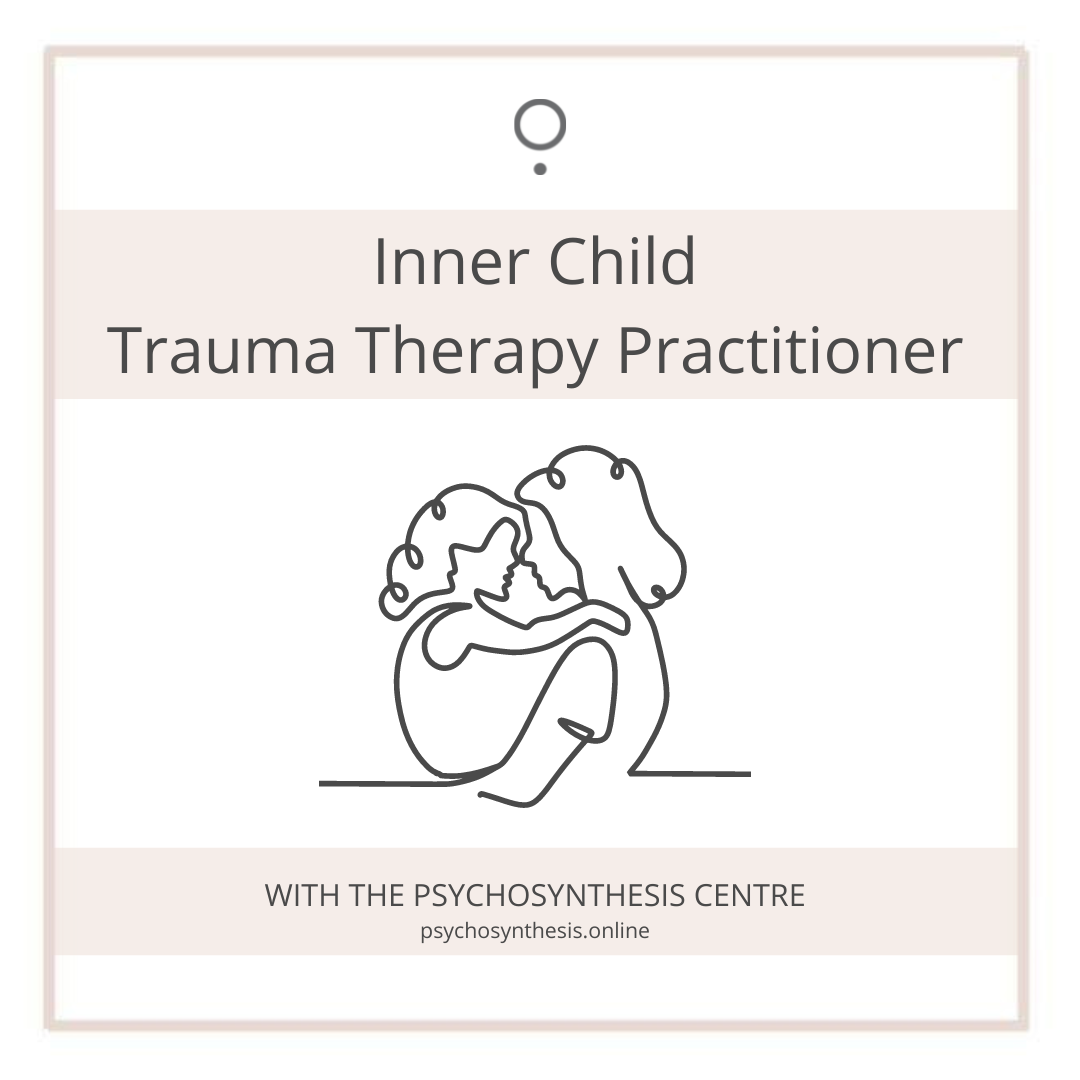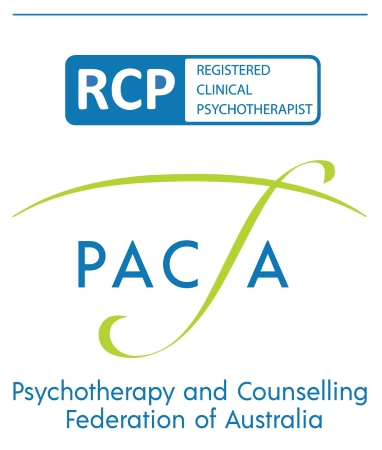How to create a sacred space for meditation
In the midst of the busyness of life, it is easy to feel overwhelmed by an excessive amount of information and too much stuff.
Even though we are spending more time supposedly ‘connecting’, in fact, many of us feel more disconnected from our authentic, true and spiritual selves than ever before.
For some of us, there is an inability to be with ourselves without something or someone to constantly distract or entertain us. For others, the life energy increasingly becomes immobilized by concerns such as codependency and relationship issues, weight and eating problems, addictions, anxiety, fatigue, depression and major health crises.
The Self calls us to wake up to its presence in mysterious ways. It may call us to awaken to our true nature through the aforementioned life crises. Alternatively, we may have a peak experience which calls us to awaken to a new way of living and being. Both ends of the spectrum can shine the light on our growing sense of disconnection and unease.
One way that we can heal our suffering is by reconnecting and becoming present to what is. It is tempting to get busy booking expensive holidays or spiritual retreats in the hope that we can slow down and be. How often though do we return home with the post holiday blues and feel as though we need another holiday?
By creating a sacred space, we can retreat close by on a daily basis, even ground our retreat and spiritual experiences from far away places. Ultimately we are able to create a space whereby we can connect with our own sacredness and the Divine within.
What is a sacred space?
A sacred space is a place to:
- Get grounded
- Set our intentions
- Relieve stress
- Recharge our batteries
- Practise self-care
- Affirm our worth
- Claim our space
- Be present to ourselves
- Dedicate to our purpose
- Find ourselves again and again
- Bring new energy into our lives
- Connect with our deeper essence
- Meditate and practise mindfulness
- Practise yoga
- Honour and uplift our spirit
- Dialogue with our higher, deeper, Spiritual Self
- Worship God or Spirit
Preparing for the creation of a sacred space
Spend time journaling, in prayer, meditation or reflection before and during the creation of the sacred space. Here are some possible reflections:
- Would I like my space to be inside or outside?
- What colours and textures call me?
- Is my sacred space private or are others allowed in my space?
- What boundaries do I need to negotiate with others regarding my time and space?
- Do I need to schedule some ‘me time’?
- What other needs do I have?
- What are my intentions for this space?
- What is the purpose of my space?
- What makes my heart and soul sing?
- What does sacred mean to me?
Where to create a sacred space
A sacred space might be a quiet spot in the garden or a homemade area with or without an altar. For example:
- A quiet and peaceful corner
- A spot in the garden
- A room in the house
- A quiet nook
- A window seat
- A kitchen table
- A special chair
- A giant floor cushion
- A bathtub/bathroom
- A place on the land
- A church, temple or other place of worship
Some elements and ideas for bringing a sacred space into being
There is no need to rush out and buy expensive mats, buddhas or other artifacts. Many of the elements in my sacred space I have collected over time at women’s retreats and workshops. Creating a sacred space is about listening to that quiet voice inside. The following elements are often found in a sacred space:
- Alter
- Plants and flowers
- Rocks and crystals
- Windchimes
- Candles and incense
- Goddess and daily meditation cards
- Books that awaken and nourish the soul
- Beautiful bath and skin products
- Water
- White sage
- Delicious fruits
- Statues and figurines
- Art and craft supplies
- Journal
- Rugs, cushions and throws
- Photos and images of sacred places
- Sand tray
- Music
- Singing bowl
- Worry dolls
- Guided meditations and visualizations
- Evokative word cards for reflective meditation
- A small suitcase for a portable sacred space
Sacred space for children
For those who have children, consider creating a space where they can play quietly, read or listen to audio books/music. Creating a quiet time or reading nook is a great idea for little ones. Keep loud toys in a designated play area and soft toys, books, puzzles, dolls’ house, audio books, guided meditations and visualizations near the quiet time nook. Children who learn mindfulness and meditation skills at an early age have higher self-esteem, a better attention span and live healthier and happier lives.
Benefits of a sacred space
We don’t need to spend hours in our sacred space to experience the benefits. Even a few minutes of quiet time can help us to build a more balanced relationship with our body, feelings, mind, sexuality and spirituality. Practising mindfulness and meditation in a sacred space can have the following benefits:
- Reduce stress
- Enhance emotional intelligence
- Increase self-awareness
- Develop compassion and kindness towards self and others
- Manage painful thoughts and feelings
- Live a balanced and conscious life
- Experience more peacefulness and calm
- Reconnect with our true selves, others and our environment
- Gain a greater sense of clarity, focus and concentration
Check out my Pinterest page for more inspiration and beautiful images of other sacred spaces.












